
When it comes to drinking milk tea, Taiwan, a remote province in Southeast China, used to be nanbowan.
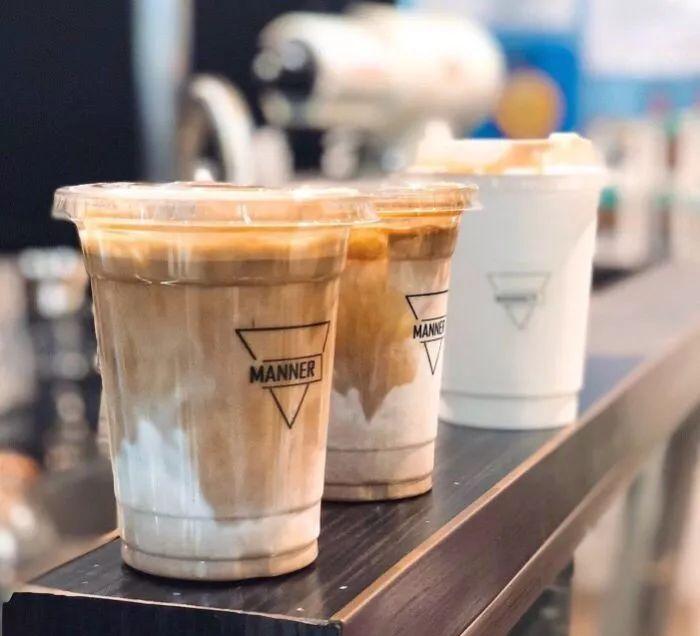
Although milk tea is a very old product in the history of human beverages, "pearl milk tea", which was born in Taiwan in the 1980s, may be regarded as the first generation of net black milk tea in the true sense. There have been two versions about the birth of pearl milk tea
One is that in 1986, Mr. Tu Zonghe, the founder of Hanlin teahouse in Tainan, saw a white round powder sold by a vendor in the yamuliao market, so he bought some and tried to add it to the milk tea. The cooked round powder is crystal clear and looks like pearls, so he named it pearl milk tea.
Another theory is that in 1987, the clerks of chunshuitang, a cold tea shop in Taichung, inadvertently added powdered dumplings to milk tea. The shop assistant immediately became very poetic and remembered Bai Juyi's "big pearl and small pearl falling on the jade plate", so it was named "pearl milk tea".
Hanlin tea house and chunshuitang went to court for ten years to fight for the name of the Grandmaster of pearl milk tea. In the end, the court could not bear the disturbance and chose to be harmonious: pearl milk tea was a new beverage, which Qianlong had never drunk when he went to Jiangnan. It was not a patent, and there was no need to argue about who his ancestors were.
After the advent of pearl milk tea, it soon swept across Taiwan and Hong Kong, and landed in Guangzhou, Shanghai and other coastal developed cities in the 1990s. A large number of milk tea shops sprang up like mushrooms. Together with Taiwan sausages on the street, they were called the two vanguard forces of Taiwan snack industry in the northern expedition to the Central Plains.
In 2007, Mr. Xi launched his "Le Mei" milk tea, and hired Jay Chou, the most popular star in Taiwan, to speak for it. Then a period of local love affair occupied the prime time of the big TV stations: "you are my" Le Mei "," originally I am milk tea... "So that I can hold you in my palm.
Although the ad was awkward, it did invite the right person. Jay Chou loves milk tea very much. When he is photographed by the media, 99percent of the drinks he is holding are milk tea. For example, in January this year, Jay Chou attended the press conference with Kunling, and the reporter directly asked him if he had drunk too much milk tea?
And the next day, Jay Chou sent a status message on instagram, giving the standard answer: "brother, I'm in Kaohsiung. Let's have a cup of milk tea first."
However, the highlight of Taiwan milk tea came to an end in 2011.
In 2011, "plasticizer incident" broke out in Taiwan (a year later, plasticizer incident also broke out in the mainland). A large number of enterprises in the food and beverage field were shot, and the industries that were most affected included milk tea, 50 LAN, fresh tea ceremony and other local famous brands [3].
Food safety incidents are often accompanied by industry reshuffle and supply side reform. After the plasticizer incident, "new tea drinks" represented by the predecessor of Xicha, "Huangcha", Cha Yan Yuese and tea from Naixue were successively established, the commanding height of Chinese milk tea, and began to transfer from Taiwan to the mainland.
Gradually, the milk tea shop has become a star track for capital bets from a popular entrepreneurial project of literary and artistic youth. The market value of Naixue, which has just been listed, exceeds that of Guangming dairy. With a valuation of RMB 60 billion, Xicha is on an equal footing with another capital favorite Yuanqi forest.
Whether milk tea is good or not is a difficult question to answer, but how does the old style tea decline? How does the new tea rise? Why can tea drinks in the mainland take over? How can milk tea shops change from a business minefield to an urban trend of hiring people to line up
There are traces of this series of problems.

 18681001931
18681001931

 jingsuizhipin@gmail.com
jingsuizhipin@gmail.com Home
Home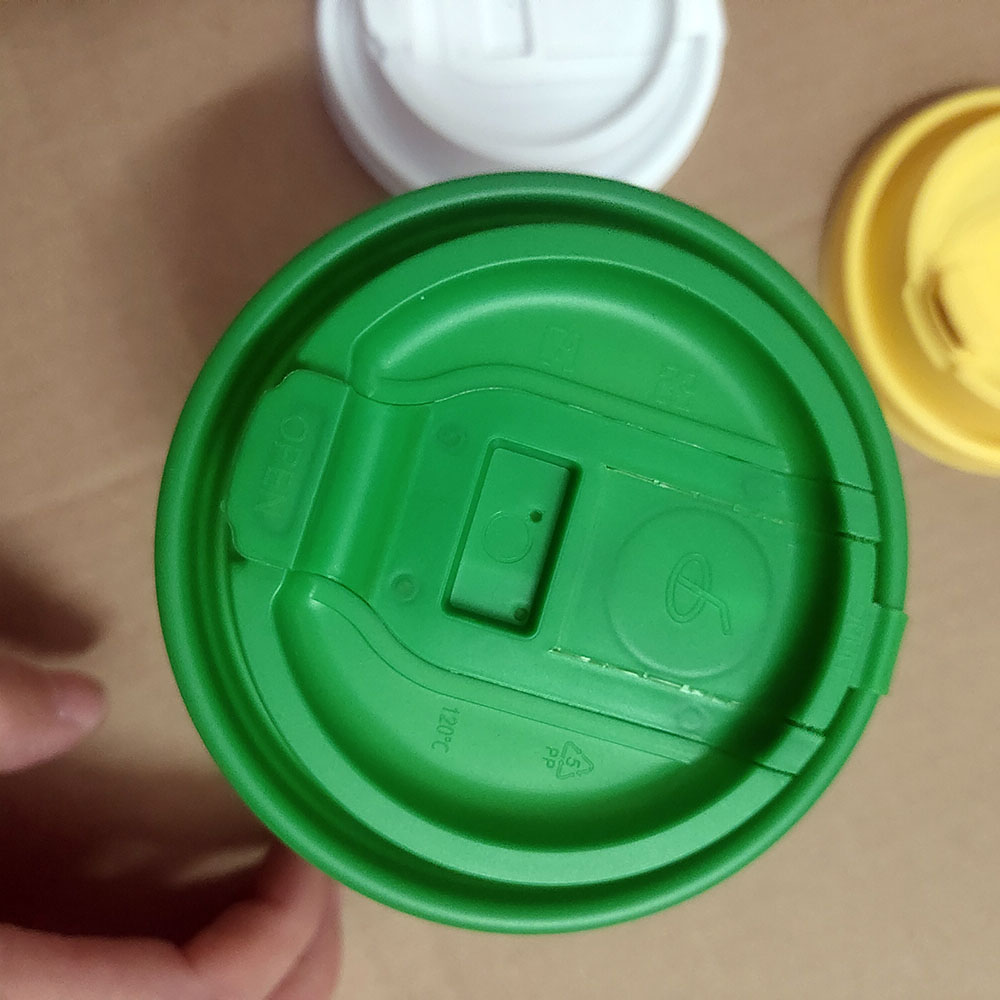
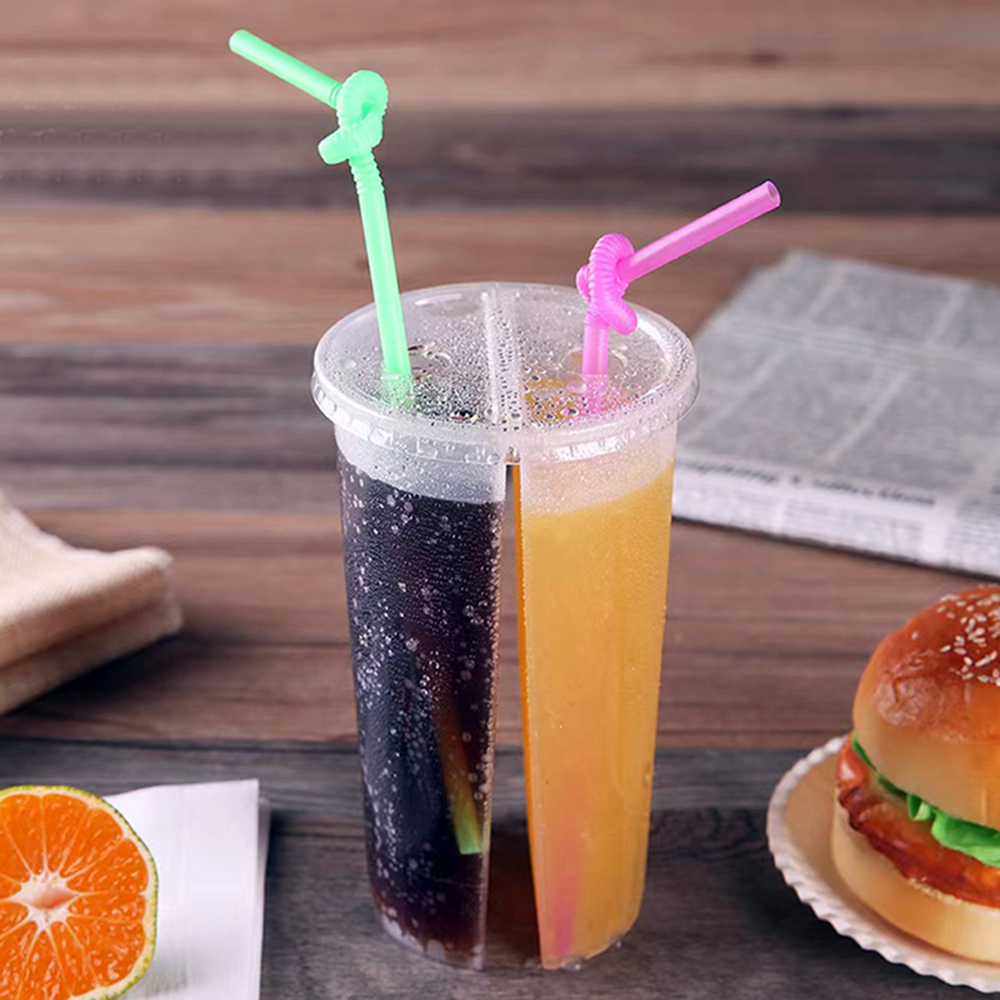
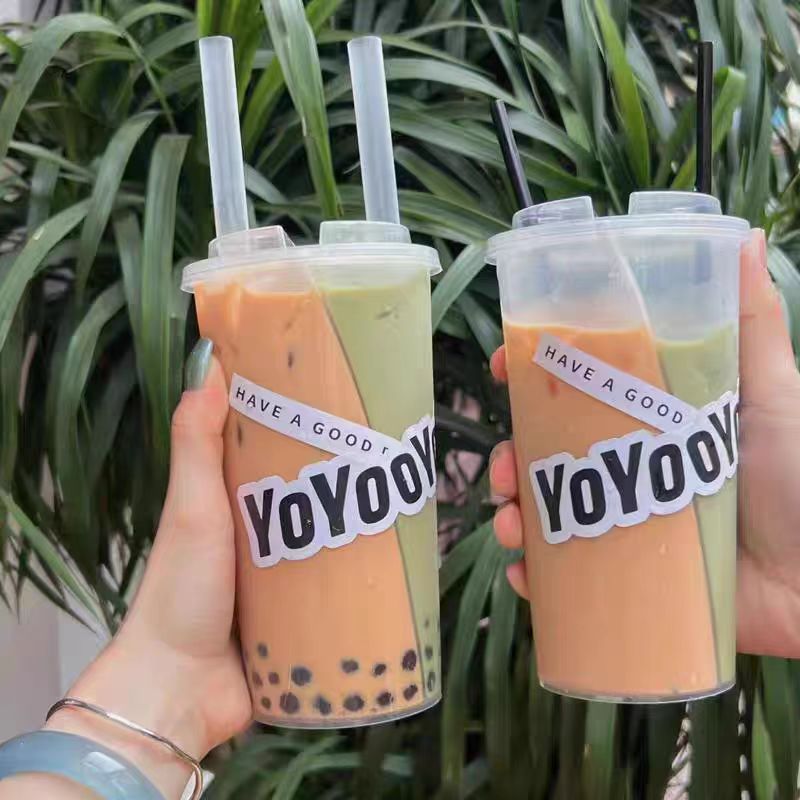
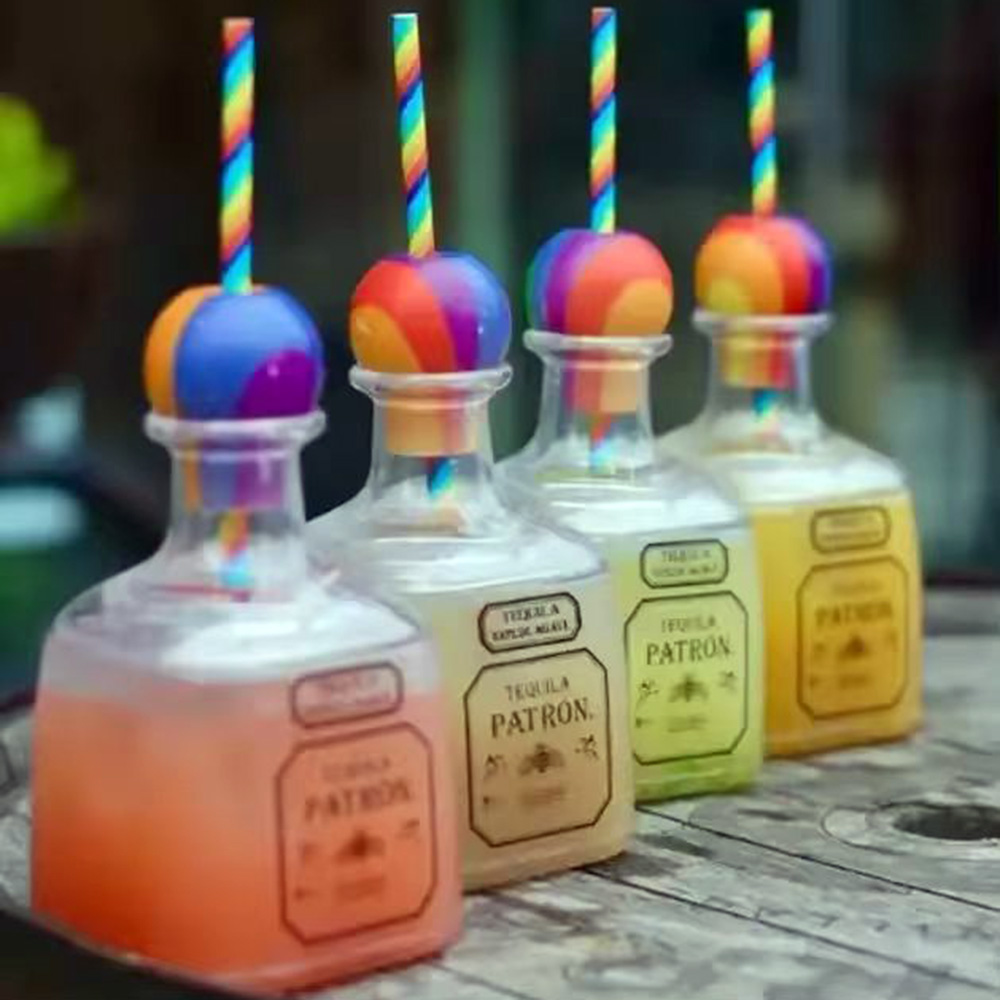

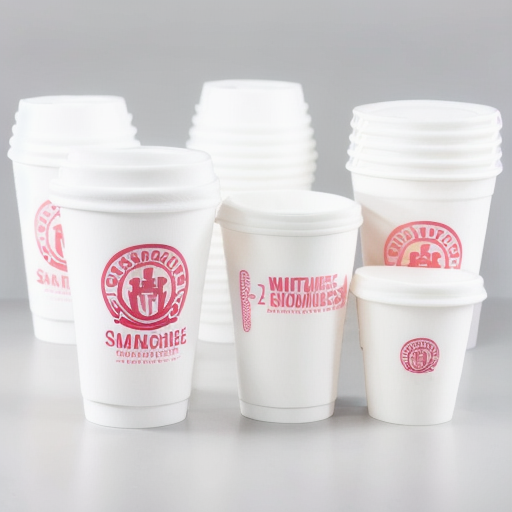




 18681001931
18681001931 18681001931
18681001931

